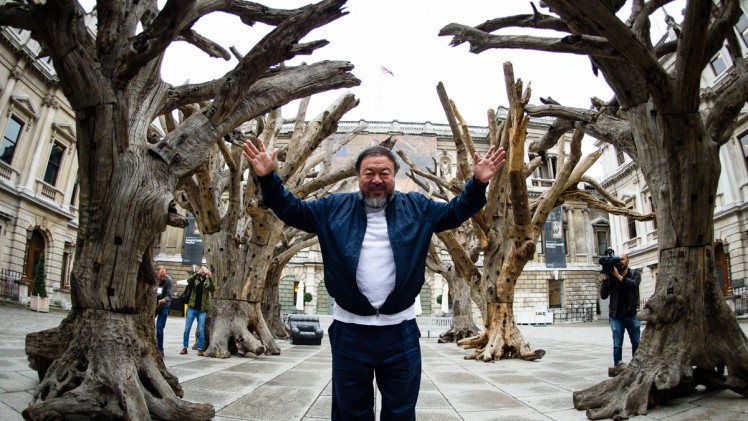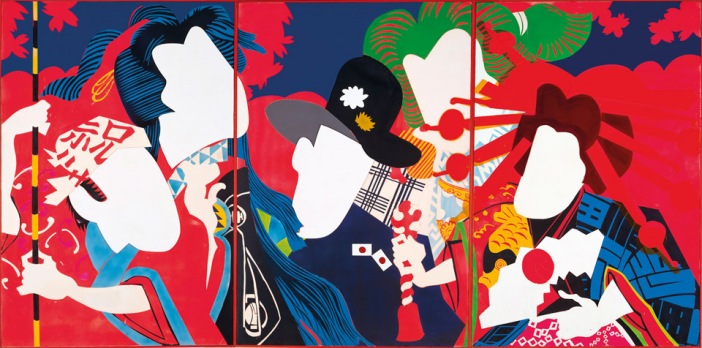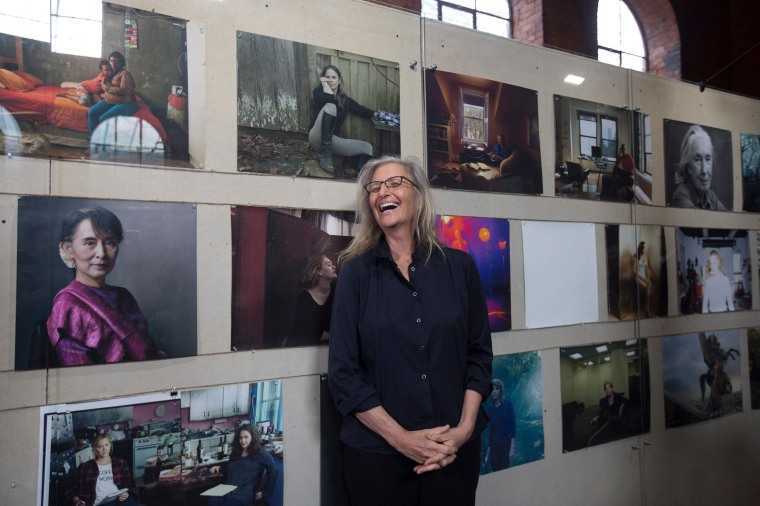This project has been inspired by my passion for travel, photography and charity work.
This coming February 2016, I will be flying 5,293 miles to Myanmar (Burma) and Amarapura (pronounced amuRA-puRA); to visit Saung a seven year-old girl (pictured, below) who I have sponsored through the charity World Vision. Their motto – Every child, free from fear.

The area Amarapura is in the suburbs of Mandalay. Saung’s community is in a large semi-rural township, very close to the Irrawaddy river. The river regularly floods during the rainy monsoon season. The area itself was once prosperous, and famous for its weaving, plantations and vineyards. However, due the modernisation of the weaving industry, high inflation and forced resettlement of slum dwellers to farmland, has brought social and economic problems. Which has resulted in many skilled weavers moving to India to search for work. Some of the population make a living by fishing. Others commute to the city to work in the factories or to sell goods on the street.
Although World Vision, are working in partnership with the communities to encourage significant improvements in the areas of healthcare, sanitation, water and education; children like Saung still live in poverty. With my sponsorship, she is able to attend school and continue recieving an education while still enjoying being a child.
With my project, I want to raise awareness of the plight of children like Saung in under-developed and Third World countries. I will be working alongside World Vision, whom have given me permission to photograph and document the project where Saung lives. The photographs I take will be edited and with assistance from the charity, will feature in the upcoming exhibitions in London’s Beaconsfield and Truman Brewery galleries.

I will start my journey in the state capital Yangon, home to the Shwedagon Paya; before heading to the plains of Bagan with its 3,000 Buddhist temples. I will then take the 12 hour journey by riverboat up to Mandalay (Myanmar’s cultural capital), and Amarapura; where I will meet with Saung and her caregivers. The last leg of my journey, will involve a detour via the East and Inle Lake for some respite; before heading back to Yangon, and the long trip home.
I am hoping my visit to this extraordinary land, which seems all but world apart right now; will inspire my photography and creativity, while allowing me to make a connection with the world outside.



 The Feminist writer, journalist and activist Gloria Steinem who also features in the exhibition and as a collaborator; has cited Leibovitz’s “strength” in showing women not as objects, but as humans who each have a story. Of it she says, “Taking these photographs to 10 cities is going to make such a difference. It’s important to show women as full of humanity, and it’s especially important because at this moment in time, there’s a lot of violence towards women in the world.”
The Feminist writer, journalist and activist Gloria Steinem who also features in the exhibition and as a collaborator; has cited Leibovitz’s “strength” in showing women not as objects, but as humans who each have a story. Of it she says, “Taking these photographs to 10 cities is going to make such a difference. It’s important to show women as full of humanity, and it’s especially important because at this moment in time, there’s a lot of violence towards women in the world.”
 Back in November 2015, I visited the Imperial War Museum for the day to see Lee Miller: A Woman’s War. This was an exhibition presented in collaboration with the Lee Miller Archive, and it examined the experience of women in Britain and Europe during WWII.
Back in November 2015, I visited the Imperial War Museum for the day to see Lee Miller: A Woman’s War. This was an exhibition presented in collaboration with the Lee Miller Archive, and it examined the experience of women in Britain and Europe during WWII. I first discovered Miller’s work while studying Art Photography in Hong Kong, and she has inspired me so much I decided to write about her in my extended essay.
I first discovered Miller’s work while studying Art Photography in Hong Kong, and she has inspired me so much I decided to write about her in my extended essay. Alec Soth is an American photographer from Minneapolis, Minnesota. He makes “large-scale American projects” featuring the mid-western United States. Past projects have included books of his work, which he has had published by major publishers as well as his own label, Little Brown Mushroom. The exhibition, featured a mixture of works from these publications. Notably, Sleeping by the Mississippi, Niagara, Broken Manual and Songbook.
Alec Soth is an American photographer from Minneapolis, Minnesota. He makes “large-scale American projects” featuring the mid-western United States. Past projects have included books of his work, which he has had published by major publishers as well as his own label, Little Brown Mushroom. The exhibition, featured a mixture of works from these publications. Notably, Sleeping by the Mississippi, Niagara, Broken Manual and Songbook.
